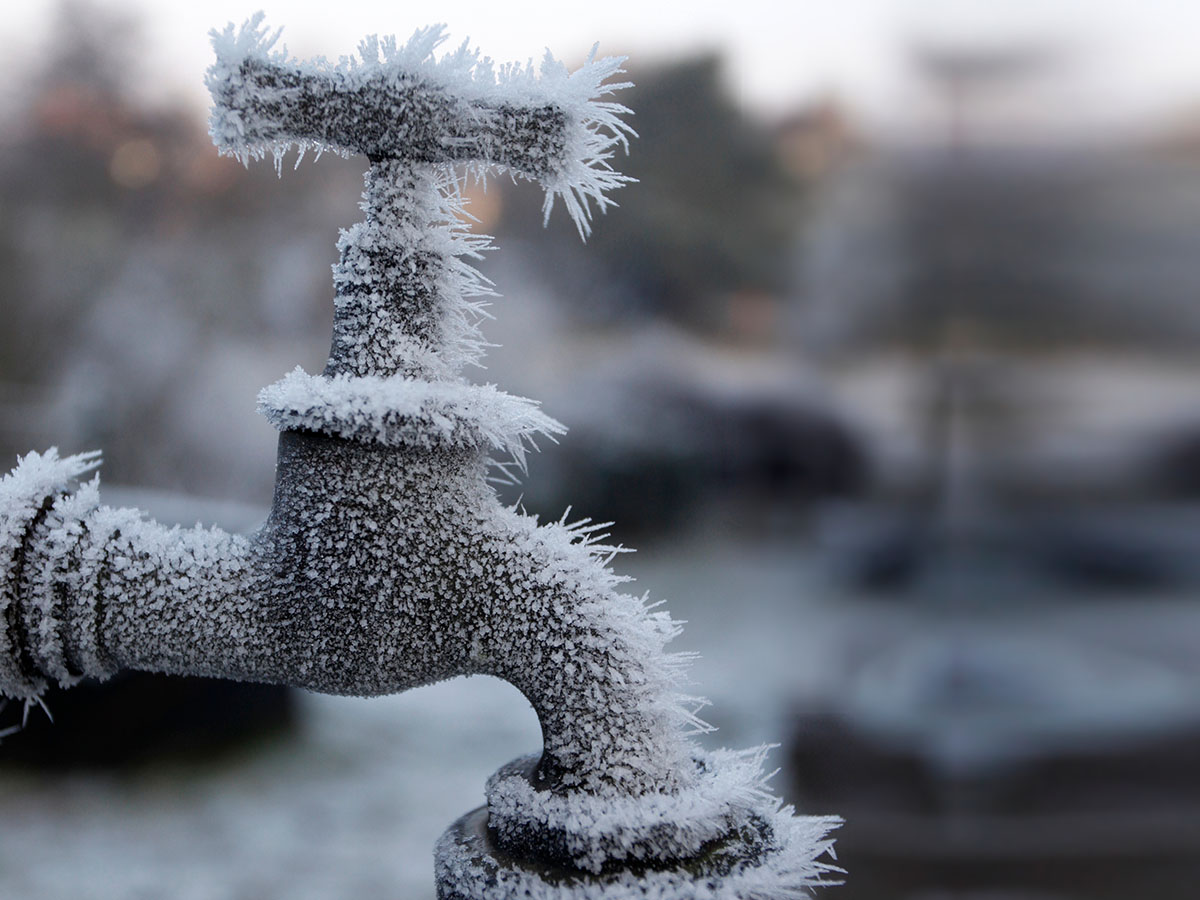Ways to Prevent Frozen Plumbing in Winter: Pro Advice
Ways to Prevent Frozen Plumbing in Winter: Pro Advice
Blog Article
They are making several great points relating to Preventing and dealing with frozen pipes overall in this great article following next.

Cold weather can ruin your plumbing, especially by freezing pipelines. Right here's just how to prevent it from occurring and what to do if it does.
Introduction
As temperature levels decline, the threat of icy pipes rises, possibly causing expensive repair work and water damages. Recognizing exactly how to prevent icy pipes is important for property owners in cool climates.
Understanding Frozen Pipelines
What triggers pipelines to freeze?
Pipelines freeze when subjected to temperatures below 32 ° F (0 ° C) for expanded periods. As water inside the pipes ices up, it increases, putting pressure on the pipeline wall surfaces and potentially triggering them to break.
Risks and damages
Frozen pipes can result in supply of water disturbances, building damage, and expensive repairs. Burst pipes can flood homes and cause comprehensive structural damage.
Signs of Frozen Pipeline
Determining frozen pipes early can stop them from breaking.
Just how to recognize frozen pipes
Look for lowered water circulation from faucets, unusual smells or sounds from pipes, and noticeable frost on exposed pipelines.
Prevention Tips
Protecting at risk pipelines
Wrap pipes in insulation sleeves or make use of warmth tape to protect them from freezing temperatures. Concentrate on pipes in unheated or external areas of the home.
Home heating methods
Maintain interior rooms effectively heated, specifically areas with pipes. Open up cabinet doors to permit cozy air to distribute around pipelines under sinks.
Protecting Outside Pipes
Yard hoses and outside taps
Separate and drain yard hose pipes before winter. Mount frost-proof spigots or cover outdoor taps with protected caps.
What to Do If Your Pipelines Freeze
Immediate activities to take
If you suspect icy pipes, maintain faucets open to eliminate pressure as the ice thaws. Use a hairdryer or towels soaked in warm water to thaw pipes gradually.
Long-Term Solutions
Architectural adjustments
Think about rerouting pipelines far from exterior walls or unheated locations. Include added insulation to attic rooms, cellars, and crawl spaces.
Updating insulation
Buy top quality insulation for pipes, attics, and wall surfaces. Correct insulation aids preserve constant temperatures and reduces the threat of frozen pipes.
Final thought
Stopping frozen pipes calls for positive steps and fast actions. By understanding the reasons, signs, and safety nets, house owners can protect their plumbing throughout cold weather.
6 Proven Ways to Prevent Frozen Pipes and Protect Your Home
Disconnect and Drain Garden Hoses
Before winter arrives, start by disconnecting your garden hoses and draining any remaining water. Close the shut-off valves that supply outdoor hose bibs and leave the outdoor faucet open to allow any residual water to drain. For extra protection, consider using faucet covers throughout the colder months. It’s also important to drain water from any sprinkler supply lines following the manufacturer’s directions.
Insulate Exposed Pipes
Insulating your pipes is an effective way to prevent freezing. Pipe insulation is readily available at home improvement stores and is relatively inexpensive. Pay close attention to pipes in unheated areas such as the attic, basement, crawl spaces, or garage. Apply foam insulation generously to create a buffer against the cold. You can also wrap your pipes in heat tape or thermostat-controlled heat cables for added warmth.
Seal Air Leaks
Inspect your home for any cracks or openings that could let in cold air. Seal any holes around the piping in interior or exterior walls, as well as the sill plates where your home rests on its foundation. Additionally, make sure to keep your garage door closed unless you’re entering or exiting. Leaving it open creates a significant air leak that can lead to frozen pipes.
Allow Warm Air Circulation
During cold snaps, it’s essential to allow warm air to circulate evenly throughout your home. Leave interior doors ajar to promote better airflow. Open kitchen and bathroom cabinets to help distribute heat consistently around the rooms. If you have small children or pets, be sure to remove any household chemicals or potentially harmful cleaners from open cabinets for safety.
Let Faucets Drip
A small trickle of water can make a big difference in preventing ice formation inside your pipes. When temperatures drop significantly, start a drip of water from all faucets served by exposed pipes. This continuous flow helps prevent the water from freezing. Additionally, running a few faucets slightly can relieve pressure inside the pipes, reducing the chances of a rupture if the water inside does freeze.
https://choateshvac.com/6-proven-ways-to-prevent-frozen-pipes-and-protect-your-home/

Hopefully you enjoyed reading our topic about How to Prevent Your Pipes From Freezing. Thank you so much for taking a few minutes to read our posting. Are you aware of another person who is involved in the niche? Why not promote it. Many thanks for your time invested reading it.
Book Instantly Report this page